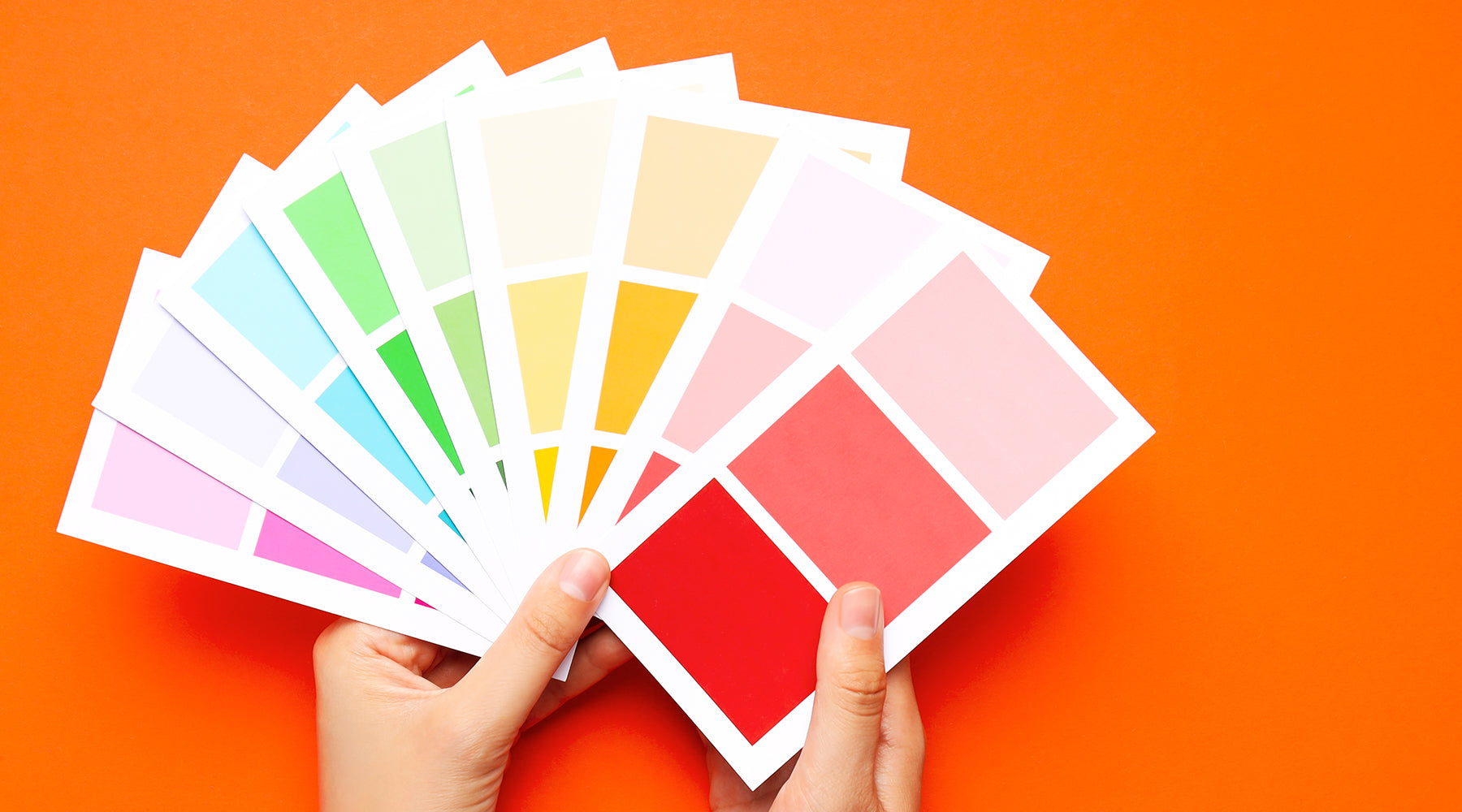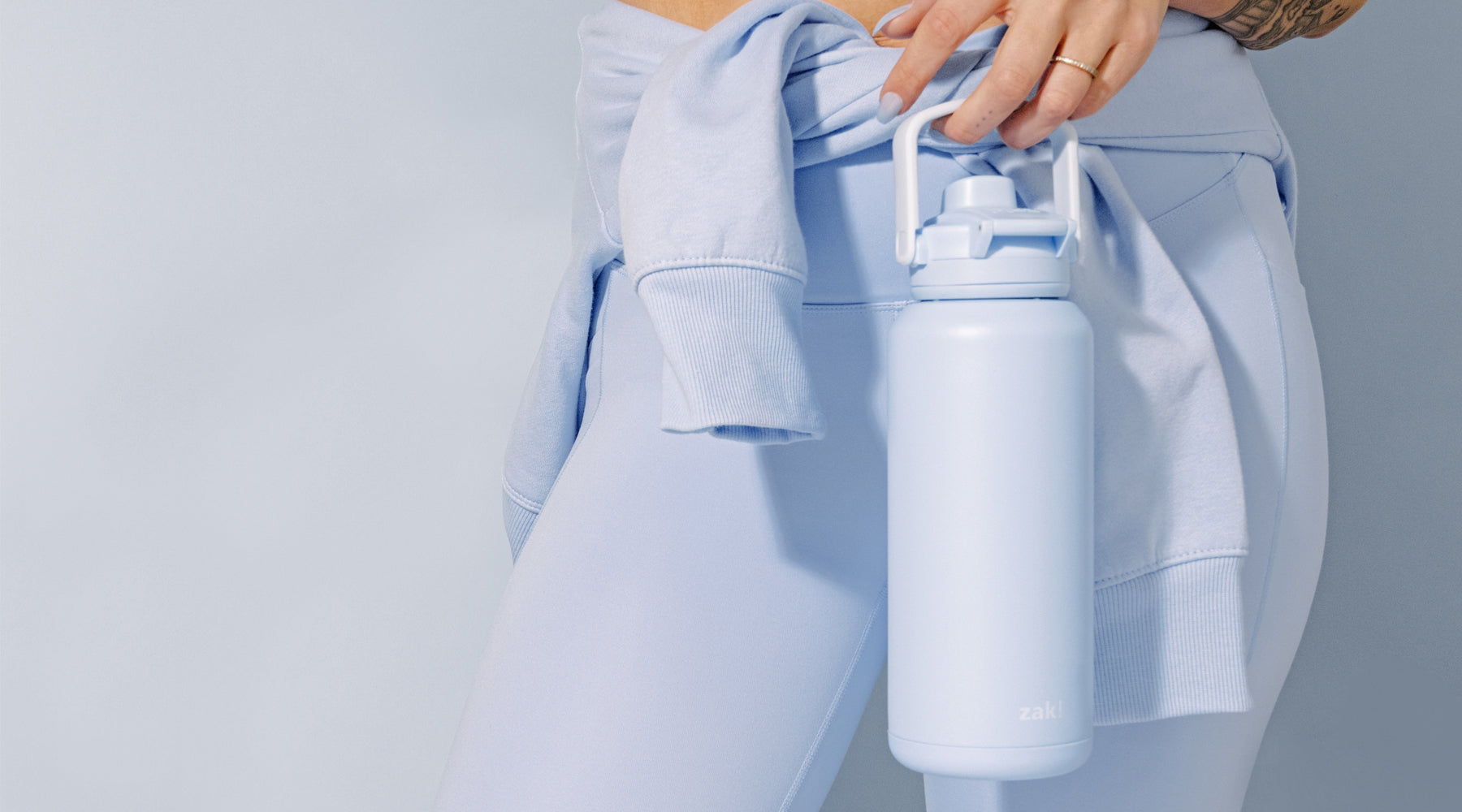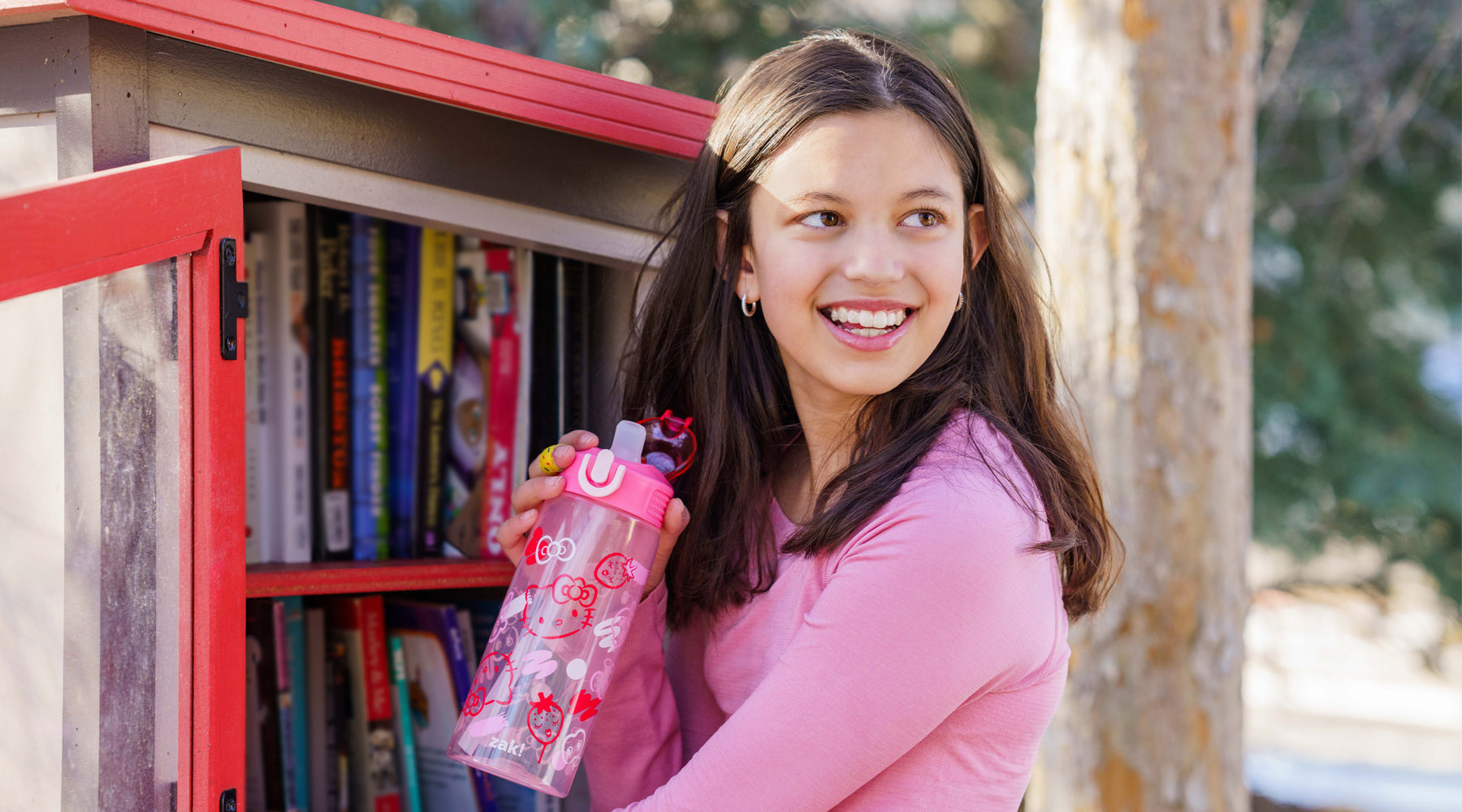So you say that you’re committed to making 2024 a year of happiness. You’ve outlined a list of activities to participate in that bring joy into your life. You’ve made a commitment to change certain negative behaviors and adopt positive ones instead. You’ve even shared your commitment to happiness with friends, family, and maybe the occasional stranger. If you’ve taken any—or all— of these steps, then there’s a very good chance that you’re already seeing the positive impacts that happiness can have on your daily life, as well as the lives of all those around you.
Of course, there are many factors outside of your behavior, perspective, and attitude that can contribute to the happiness you feel at any given moment. And one factor that’s often overlooked is color.
The reason so many people don’t think about how color affects your mood is because the effects aren’t that obvious. Seeing yellow doesn’t automatically make you anxious, and the red sweater of the co-worker sitting next to you won’t throw you into a fit of rage. But the colors you surround yourself with in your daily life do have a cumulative effect on your overall mood, which is why it’s a good idea to start paying a little more attention to the way you color your reality. Here are some of the positive associations that can be imparted by each section of the color wheel:
- Red: representing passion, energy, strength, and love, it motivates and draws attention
- Orange: with warmth and optimism, it encourages and uplifts your emotions
- Yellow: its association with happiness, positivity, and intellect can inspire, amuse, and energize
- Green: symbolizing health, growth, and harmony, it relaxes and revitalizes
- Blue: it means security, trust, and loyalty, bringing you protection and support
- Purple: representing royalty, mystery, and imagination, it enlightens and inspires
While different colors affect different people in varying ways, there are some generalities that seem to be relatively universal through many studies on color psychology. According to WebMD, “hue, saturation, and brightness affect how you respond to color in your environment.” Brighter colors tend to evoke feelings of happiness and hope. Subtle shades and pastels often have a calming effect and reduce anxiety, and darker colors will usually dampen moods.
The article also points to a practice in color psychology called Color Therapy, which shows how each color’s wavelength on the visible spectrum has a particular energy associated with it that impacts our bodies. So, not only does color impact our mood, but it also contributes to our overall health.
While your mental perspective is important to the way you feel, your environment plays a role as well, and there are always things we can do to help let the seeds of happiness take root within us. Just like sunlight helps flower seeds sprout, changing the colors that shine on us throughout our day can help nurture those seeds of happiness in us and give them the strength they need to blossom.



